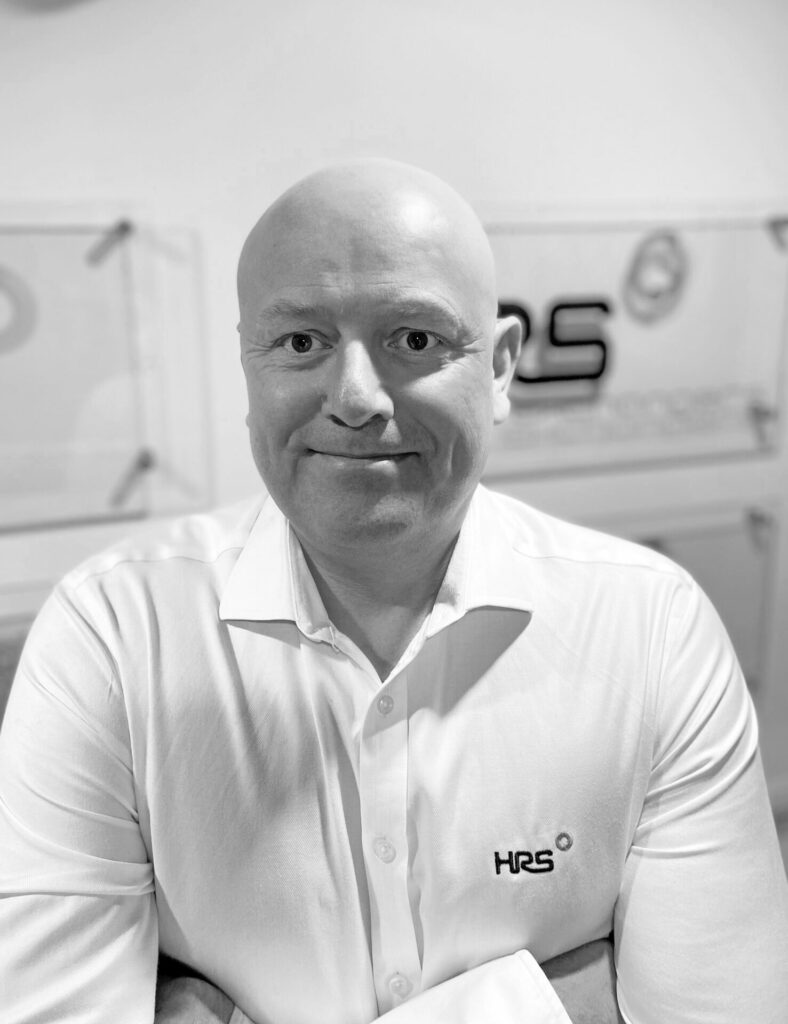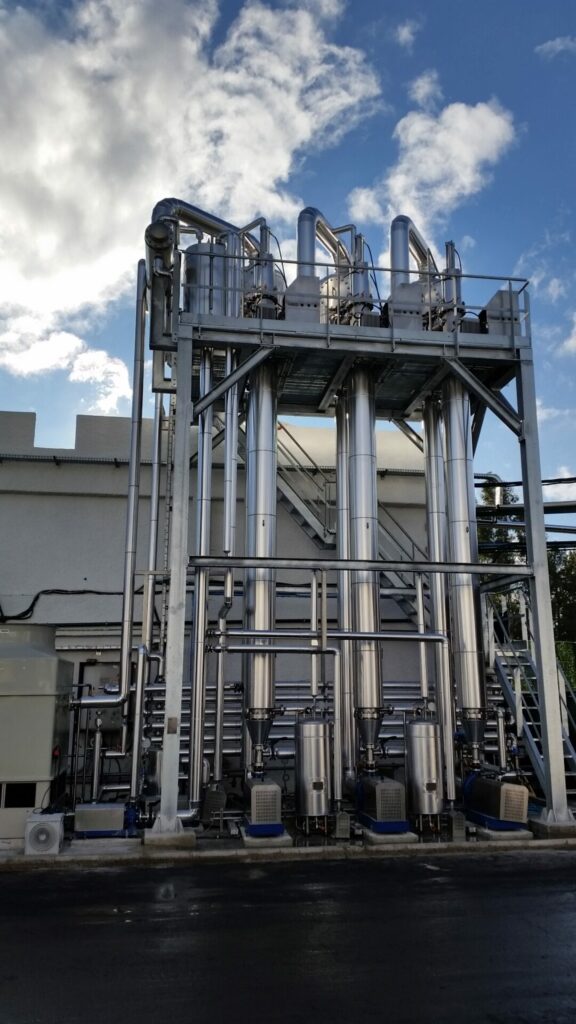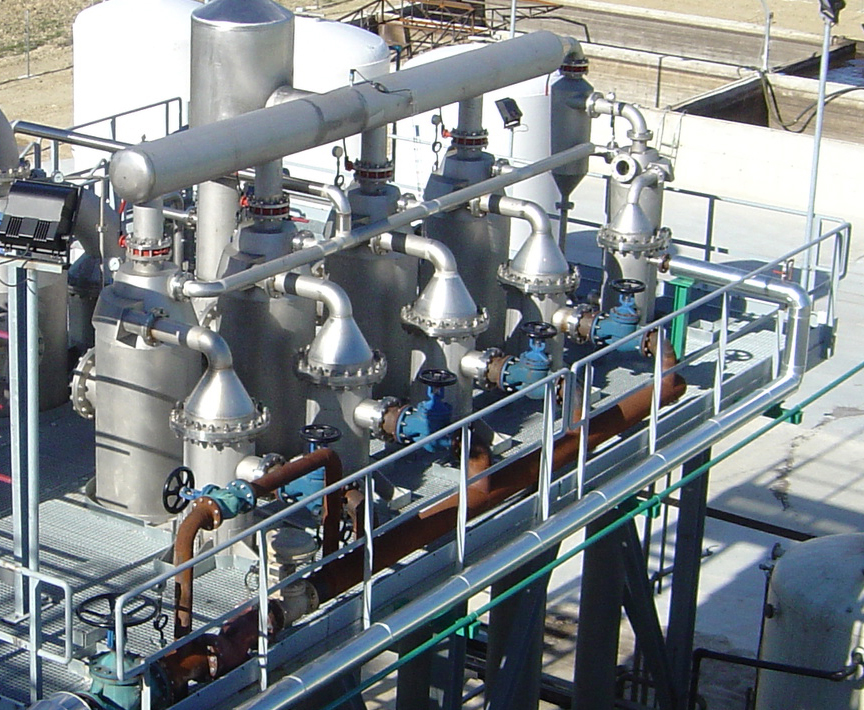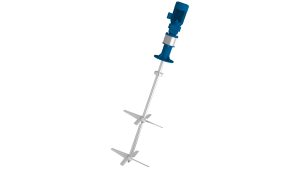What is ZLD?
Zero liquid discharge (ZLD) is a liquid waste stream treatment which involves transforming liquid waste streams into clean water (which can be reused) and a minimum volume of solid residues. One of the advantages of ZLD over other treatment techniques is its theoretical ability to separate unwanted materials from water, whether they are benign, hazardous or toxic. The resulting solid residue is often more stable, making it suitable for recycling or landfill.
However, poor management or handling of the remaining residue can result in unintended environmental consequences. For example, storage ponds may leak or affect local wildlife while there is the potential for toxic chemicals to leach into groundwater from landfill. It is therefore important that when implementing a ZLD system, full consideration is given to the entire process, including the ultimate fate of liquid and (semi-)solid waste streams. A well-designed ZLD system should minimise or even eliminate liquid waste streams, resulting in clean water for reuse or environmentally-friendly discharge, and a solid residue suitable for further processing (often to recover valuable components for use elsewhere) or for safe disposal.
The factors driving ZLD uptake
According to Transparency Market Research, ZLD is being implemented across a wide range of industries, including chemical and petrochemical production, food and drink production, textiles, energy and power, and pharmaceutical manufacturing. These industries are being driven to adopt the technology due to growing environmental awareness of the hazards of toxic wastewater and increasing environmental regulation. In turn this has increased the costs of handling and disposing of such waste streams, and in some cases has made such disposal impossible. As a result, companies are looking for more sustainable alternatives, and ZLD is one of the leading technologies in this area.
The specific factors driving uptake are different for each industry. For example, in the energy and power sector (historically the largest user of ZLD technologies), access to clean water suppliers is an increasing concern. Pollution control is also a major driver, and the US EPA considers zero discharge as the preferred treatment option for fly ash and bottom ash transport water, and wastewater from flue gas mercury control systems.
Elsewhere, growing awareness of the toxic effects of petrochemicals and petrochemical waste products is driving efforts by the industry to clean up its waste processing systems. ZLD methods are already widely used in industrial wastewater treatment to recover useable and profitable minerals and by-products from waste streams, and the success of such systems is encouraging their take up by other businesses. In 2015 the Indian government issued a draft policy requiring all textile plants generating more than 25 cu. m. of wastewater effluent a day to install ZLD facilities.
ZLD technology has been utilised in various markets around the world, including Europe, Australia, Canada, the Middle East and Mexico, but the biggest markets, and the biggest potential for expansion, can be found in the United States, China and India.
The benefits and challenges of ZLD
In general terms, the use of ZLD reduces water pollution and augments water supply, but this is sometimes offset by high costs and energy consumption and in the past these factors have limited the uptake of the technology. Wastewater reuse minimises the volume and environmental risk of discharged wastewater, but also alleviates the pressures associated with the abstraction of freshwater, but these benefits have to be balanced against the economic and energy costs of implementing ZLD systems.
As water scarcity and environmental pollution around the world intensifies, ZLD becomes more feasible and widespread, and the relative costs of ZLD technology versus the alternatives (assuming alternatives even exist) are lowered.
Increasing the efficiency of ZLD
Separating all of the water out of the product requires large amounts of energy. It takes roughly six times more energy to evaporate water (latent heat) at its boiling point than the energy needed to actually bring it to that boiling point (sensible heat).
For that reason, ZLD processes often start with a separation process based on (reverse osmosis) membranes. Membrane separation does not require phase change / boiling. Electrical energy (pumping) is used to push water through the pores of the membrane and separate it from the dissolved solids.
Membrane can only work to bring the product up to a certain concentration. To achieve complete separation, evaporation / crystallization processes are needed for completing the process. As explained before, evaporation (due to the latent heat) is highly energy consuming. Therefore, it is wise to choose an evaporation process that involves ways of energy optimization, the most popular being:
- Multistage evaporation: using the latent heat of the evaporated water as energy source in a next evaporation stage reduces the overall consumption of the boiler to the evaporation plant.
- Thermal Vapour Recompression (TVR): evaporated steam is mixed with boiler steam. The reuse of the evaporate steam reduces the energy demand.
- Mechanical Vapour Recompression (MVR): An MVR compressor (driven by an electrical motor) can be used to compress the evaporated steam, thus increasing its pressure, and use this steam as the energy input for the process. MVR compression is very efficient in terms of energy consumption.
Due to the factors outlined above, (multistage) vapour compression plants remain the main method employed for ZLD processing globally, with evaporation typically recovering around 95 per cent of wastewater as distillate. Any remaining concentrate is then further treated physically or chemically to produce solid residues (such as crystals) and water. Evaporators used in ZLD systems are often run at lower pressures in order to reduce the boiling point of the liquid being treated.
The HRS ZLD solution
Depending on the product to be concentrated, HRS can select from a series of technologies for designing the most optimal ZLD process. Energy optimization methods (multistage, TVR, MVR) can be combined with several types of heat transfer technologies (plate evaporators, corrugated tube evaporators, scraped surface evaporators). Whatever the technology applied, the overall process can be separated into three steps:
- Evaporation / concentration: The product is concentrated to just below its maximum concentration (saturation). The evaporation plant is usually a multistage evaporator setup.
- Cooling: if the maximum solubility curve is steep (large concentration at high temperature, low concentration at low temperature), the product obtained in step 1 is cooled, provoking immediate precipitation of dissolved solids.
- Crystallisation: Crystallisation / sedimentation of the solids produced in step 2 occurs in specially designed crystallisation tanks. A supernatant layer of concentrated solution remains after this stage and is returned to step 1 for reprocessing.
For products without a steep solubility curve, it is necessary to concentrate inside the evaporator to above the maximum solubility. This means that the step 1 process is equipped with a final evaporator stage (finisher) that is specially designed to work with suspended solids. The fluid with suspended solids is then transferred directly to the crystallization tanks in step 3.
The brine cooler and evaporator finisher work with solids in suspension and often this means dealing with fouling products. A typical HRS evaporator / finisher will use Unicus scraped surface evaporators that are self-cleaning and maintain optimal evaporation rates. Typically, our R series scraped surface coolers are used for cooling the saturated brines that are sent to the crystallization tanks. The result is an efficient process which can work continuously without requiring scheduled downtime.
Whatever kind of evaporator is employed, heat exchangers have a crucial role to play in ZLD systems in reducing running costs by utilising heat from process water and other existing sources, and also recapturing heat at the end of the process and reusing it to boost the energy efficiency of the overall ZLD system.

Matt Hale, HRS International Sales & Marketing Director


Source of Article



